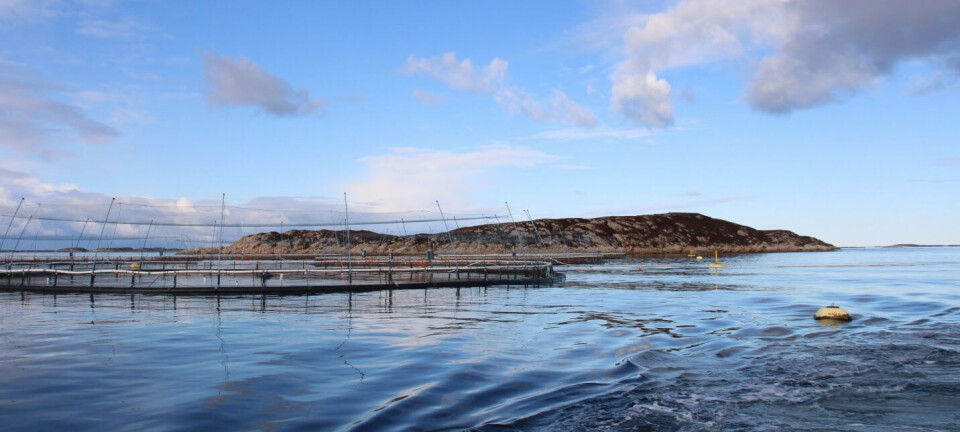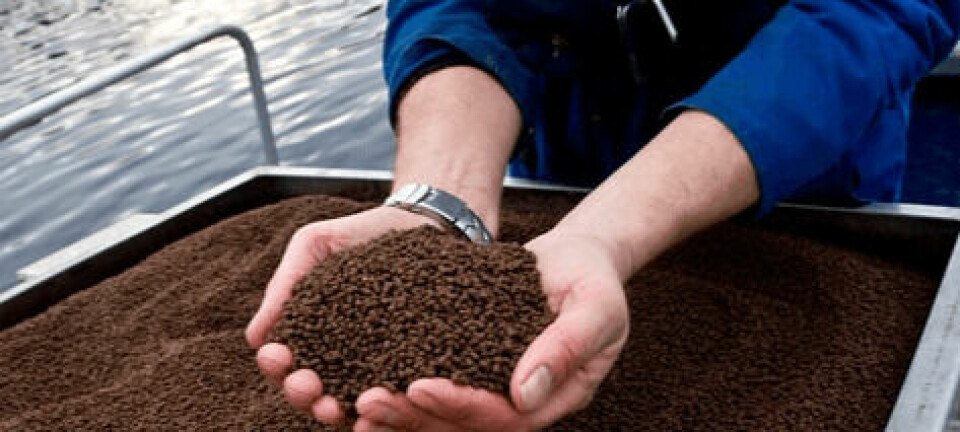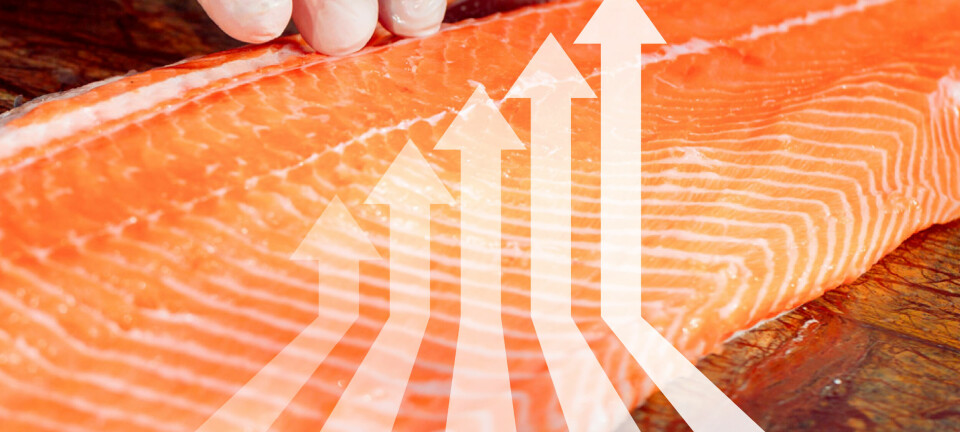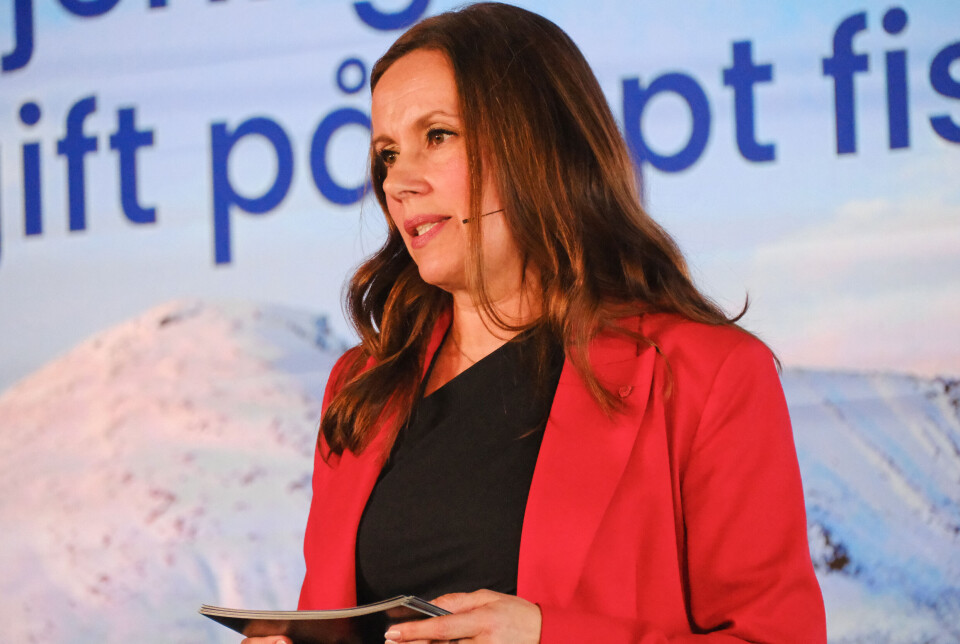
'Red light' fish farmers offered biomass allowance back if they use closed pens
Norwegian fisheries minister delivers long-awaited flexibility scheme
The Norwegian government today launched an environmental flexibility scheme that will allow fish farmers to reclaim reduced production capacity if they use closed containment for that proportion of their crop.
Norway’s controversial “traffic light” system designates the country’s 13 salmonid farming production areas as green, yellow, or red every two years, depending on the impact that salmon lice from farms are calculated to have on migrating wild salmon.
Farmers in areas that receive a red light must reduce production by 6%, something that has occurred three times in a row in the worst-affected areas, reducing production by almost a fifth.
The flexibility scheme will enable farmers to once again utilise that “lost” percentage of their maximum allowed biomass, on condition that the extra fish are raised in closed containment.
A first step
“The scheme will contribute to the development of new forms of operation with a lower environmental impact than today’s open cages,” said Norway’s fisheries and oceans minister Marianne Sivertsen Næss in a press release.
She said she hopes the scheme can be the first step towards realising the principles presented in the government’s recent aquaculture report, which is focused on reducing the environmental impacts of fish farming.
The closed containment units must meet the following requirements:
- Closed barrier to the surroundings
- No intake of lice eggs and free-swimming stages of sea lice
- Sludge and feed residues must be able to be collected
- Extra security against escape
External verification is required to ensure that the production units have the characteristics mentioned above. Once documentation of this verification has been submitted to the Directorate of Fisheries, the capacity frozen under the traffic light system can once again be used.
Varying reactions
Today’s announcement received mixed responses from those in the fish farming sector.
Suppliers of closed containment facilities described the decision as an important first step, but emphasised that it should be the start of a broader and more ambitious initiative.

Jan Erik Kvingedal, chief executive of Fiizk, which markets the Protectus enclosure, told Fish Farming Expert’s Norwegian sister site, Kyst.no: “This is as we hoped and expected. The authorities now recognise the technology as an important contribution to sustainable growth and development in the industry.
“The most important thing now is that we get started. In the long term, the scheme can be expanded to the entire country, but the most important thing is to start and gain experience.”
New opportunities
Nils-Johan Tufte, chief executive of Bluegreen, which makes the Marine Donut currently being trialled by SalMar, said: “Red (traffic light) production areas represent an important market to get started in. This provides new opportunities and activity in the supplier chain.”
At the same time, Bluegreen hopes that the government will eventually see the need to expand the scheme.
“If the regulations also applied to other production areas, it would contribute to faster technology development and provide stronger incentives for new investments,” said Tufte.
Jarle Lønning, chief executive of Aquafarm Equipment, also believes that the scheme is an important step in the right direction, but points out that it could be broader.
“In principle, this is very positive. It is true that an incentive scheme is missing for those operating in yellow and green areas, but this is a good start. The industry is ready to invest,” he told Kyst.no.
Not enough ambition
At Akvafuture, which both operates aquaculture and develops technology, the reception is more measured. Chief executive Thomas Myrholt believes the government is taking a step in the right direction, but that the ambitions are too low.
“It is great that the government is facilitating closed aquaculture in the sea. The scheme is technology-neutral and targets those solutions that have actually documented zero lice. Nevertheless, we are missing larger goals when it comes to emission-free facilities,” he said.
He is critical of the fact that the scheme only applies to red production areas, where the environmental impact is already high.
“It is difficult to understand that you are rewarding areas that are struggling the most. The scheme should also include green zones, where the environmental impact is low. This would provide sustainable investments throughout the coast and prevent more areas from ending up in the red,” he said.
Regulations are unclear
Tor Magne Madsen, chief executive of floating closed containment company FishGLOBE, said the new scheme marks a long-awaited breakthrough.
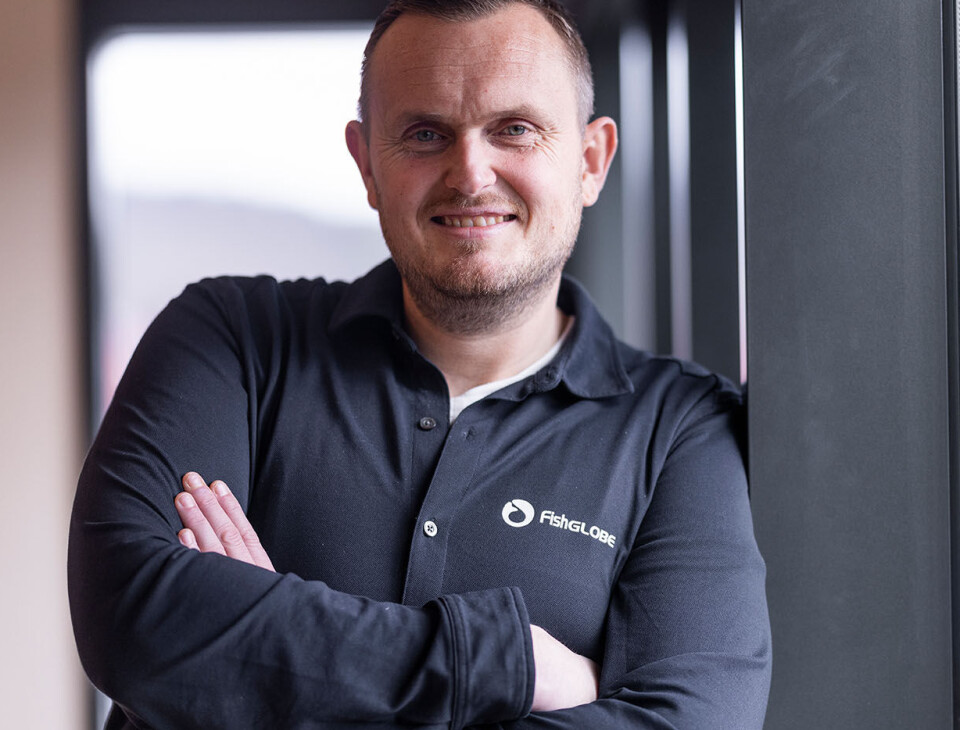
Madsen believes the scheme will contribute to increased interest in closed technologies such as FishGLOBE, which has already received international attention.
“We have produced over five million salmon without escapes, without lice treatment and with documented sludge collection on par with average onshore facilities.”
He said the scheme is largely as expected, but said some regulations are still unclear. He refers in particular to the provision on water intake, which requires that this should prevent the intake of eggs and free-swimming stages of sea lice.
“What is actually included in this? Are there different depth requirements for different locations, and who should conduct the assessment? What is meant by an ‘independent professional body’, and who has the authority and competence to conduct this assessment,” he asked.
Weak financial incentive
Jan Olav Langeland, chief executive of Salmon Group, a cooperative of small and mid-sized salmon farmers, said its members had been hard hit by the reductions in production areas 3 and 4.
“We are therefore pleased that there is now a scheme that provides room for the return of withdrawn, acquired capacity, and that this is being introduced immediately and that all withdrawn capacity can be realised ‘immediately’ within the scheme,” he told Kyst.no.
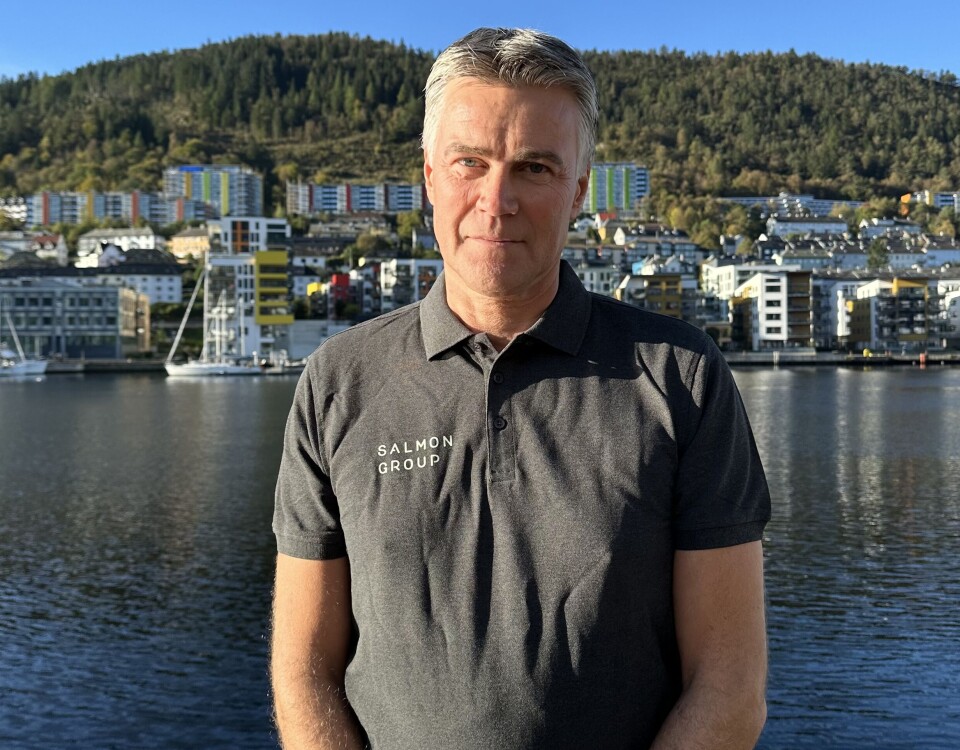
But he pointed out that while the equipment required under the scheme is more expensive than net pens, farmers won’t be allowed to farm any more fish than they did before the reductions, so won’t be compensated for the extra expense.
“The technology now required involves significant investment costs and significantly higher operating expenses. A 1:1 rollback of capacity previously withdrawn by the state is not in itself an incentive.”
Salmon Group has previously proposed a 1:3 conversion to reduce risk, and the director also believes that the authorities should open up cooperation between several smaller players.
“Given the large investment costs, we expect flexibility for joint operations and co-location between small players within the scheme,” he said.


























